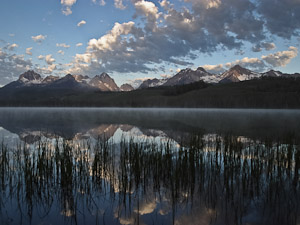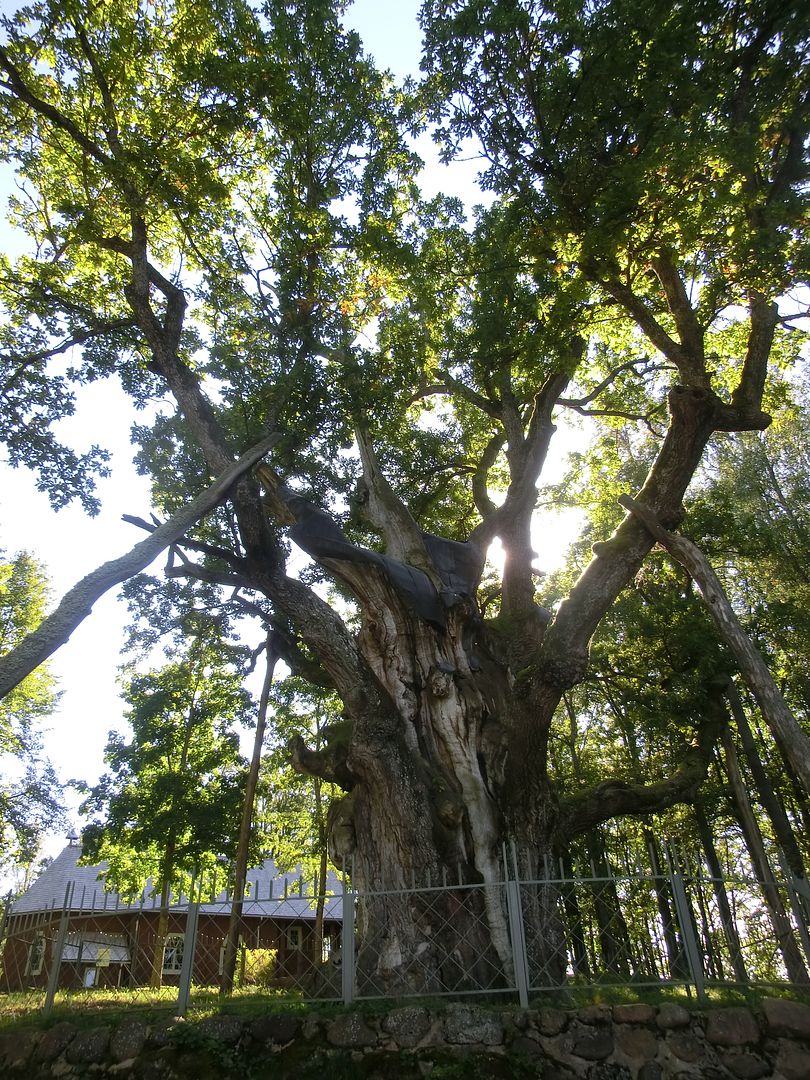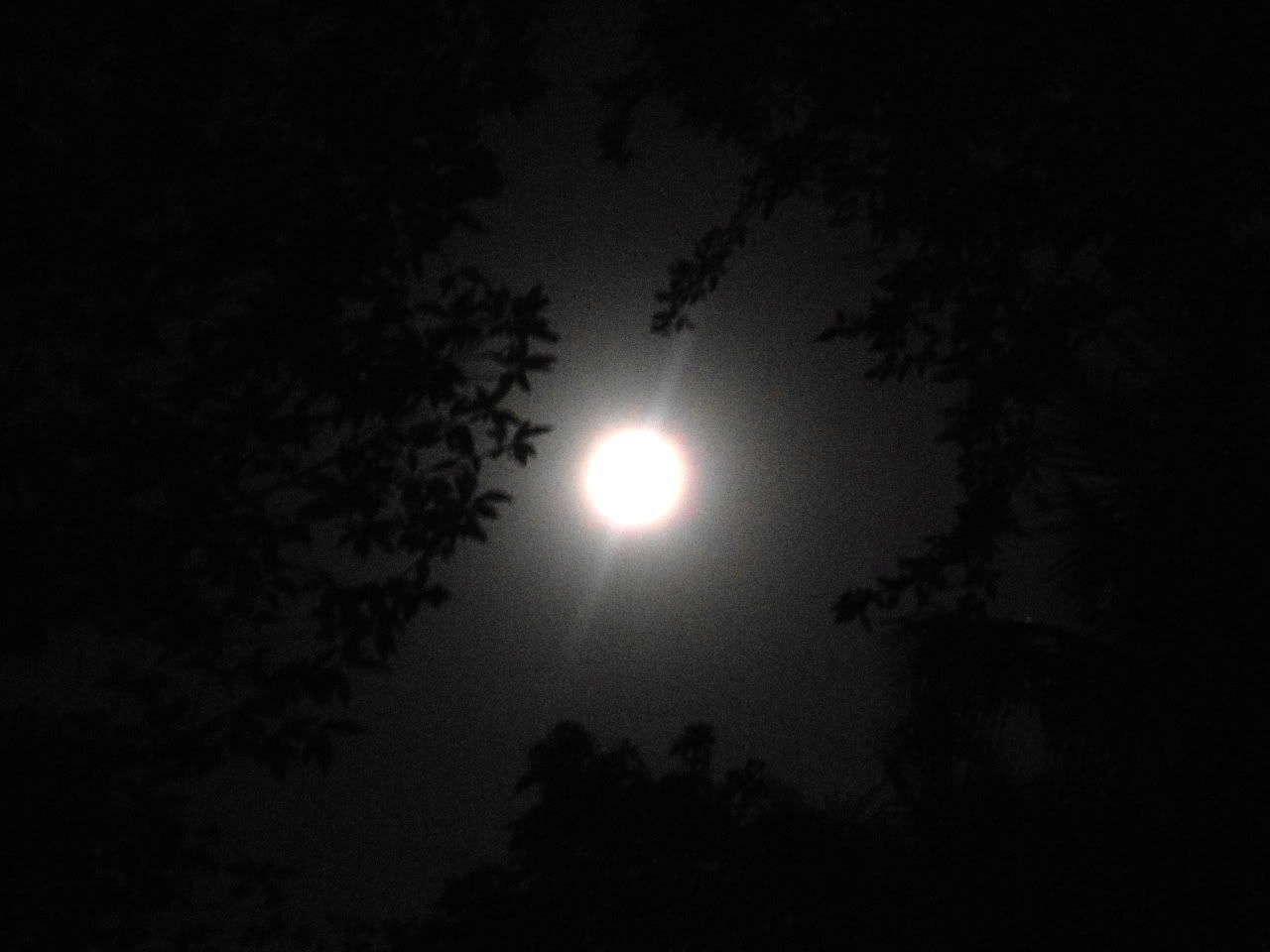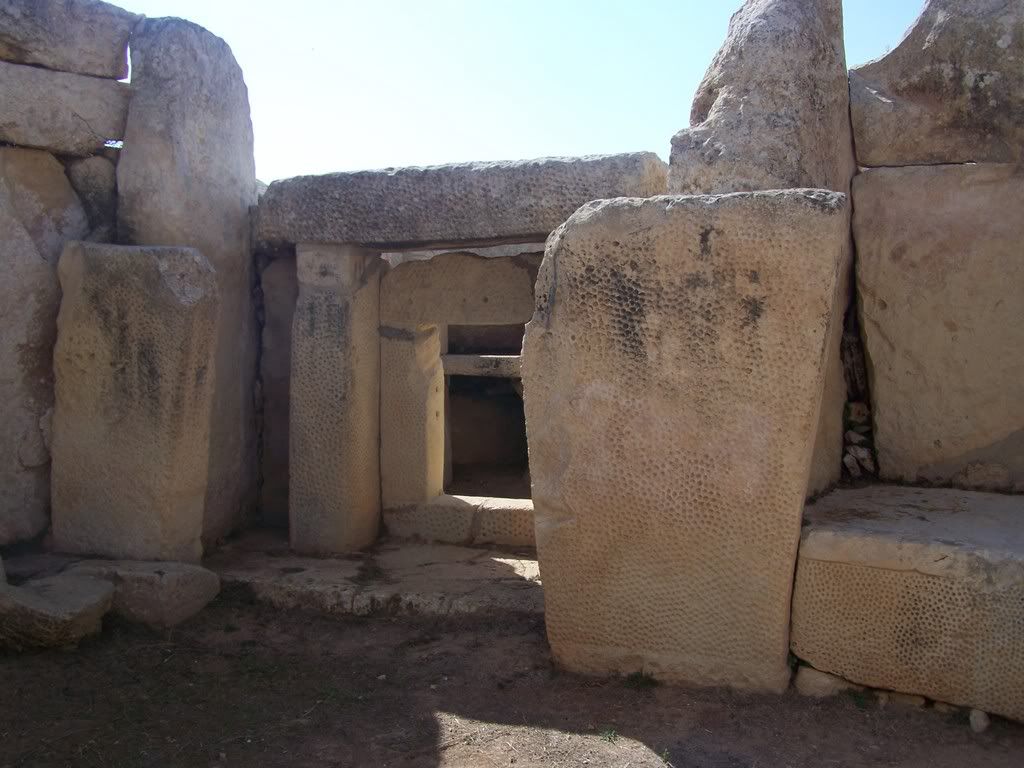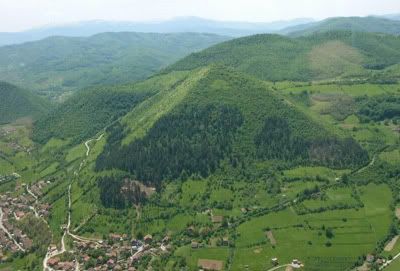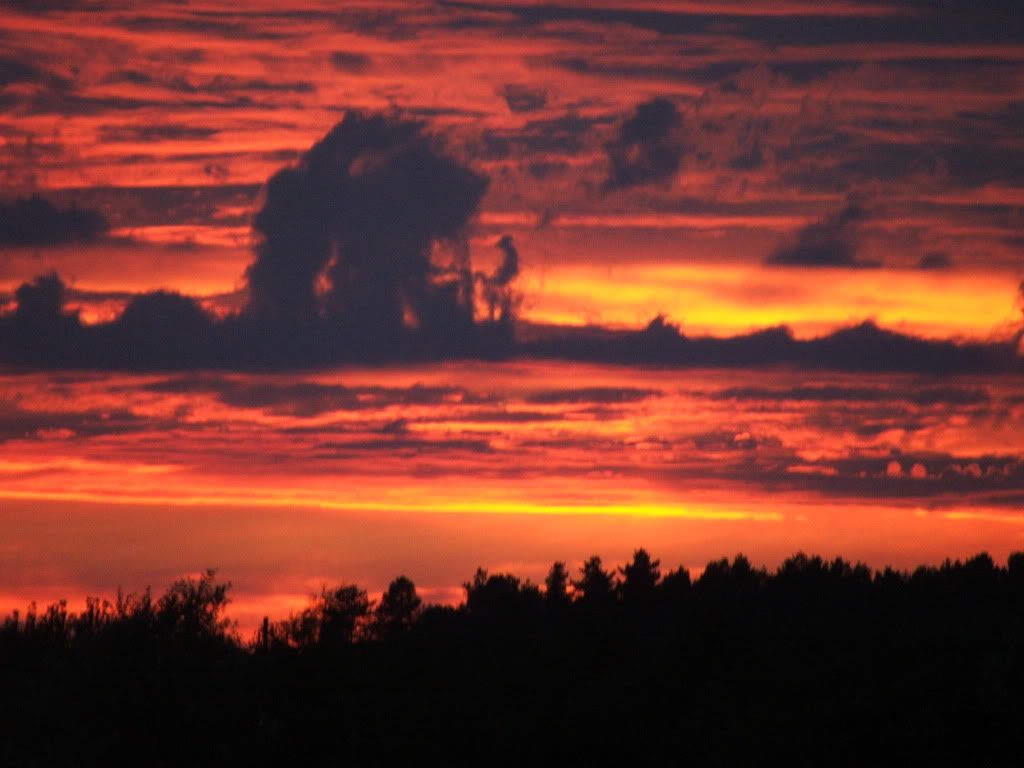 |
Camunian woman
|
As covered on here many times before, the Proto-European people predate the incoming Teutons and Mediterraneans by tens of thousands of years. They are the essential "Europeans." The Italian peninsula very much fit into this paradigm, with the Euganei branch of the Proto-Europeans (aka "Alpine race). Today, the Welsh, Basques, Camunians, Valtellinese, Orobiese, Ladins, Romansh, and people from other historically isolated locales in the Alps, Apennines, Carpathians, etc., are often stubborn throwbacks to a time long past. Some of this is simply genetic, or due to the isolation, but often with more of a proclivity to hold onto old traditions.The incoming Teutons and Mediterraneans of thousands of years ago probably came into contact with many of these primordial people who were eager to join with them, while some were ether not so enthusiastic about them or were simply more isolated... usually in mountainous regions. There is no evidence that I know of that suggests any conflict between them, but only later were there attempts to bring the "holdouts" to heel; for example, the Roman conquest of the Alps.
These images were from Davide Mazzocchi's DeviantArt site. The woman's name is Teresa.
.

















